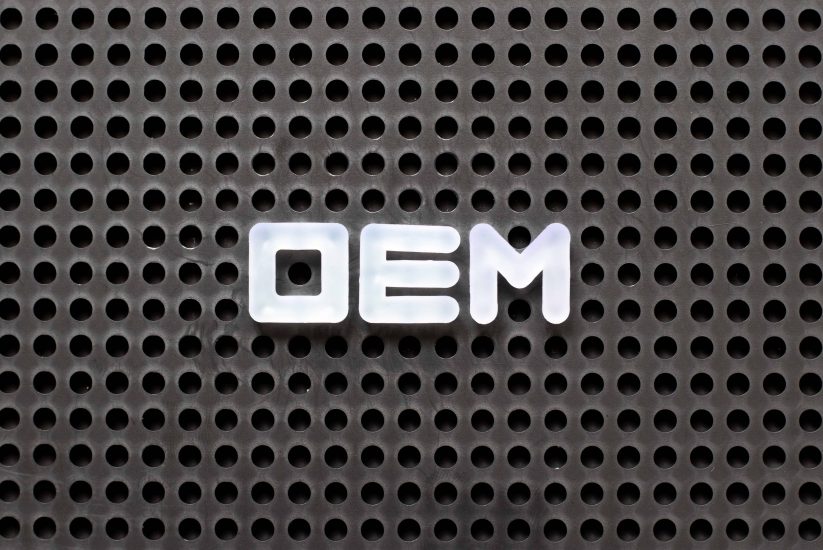
636.394.1712
Spirit West, 610 Park Lane, Manchester, MO 63021
OEMs vs Aftermarket Parts

If you have been involved in an auto accident or have undergone repairs, there are often industry terms you may not fully understand. We would like to address the term “OEM” and what it may mean to you throughout your repair process.
OEM stands for Original Equipment Manufacturer, but because people use the term in multiple ways, there is lingering ambiguity about the meaning.
OEMs as Parts Producers
One role OEMs play in technology is manufacturing parts that are used within other products. For example, you drive a Toyota 4-Runner and have been involved in an accident that will require your body shop to order replacement parts. In these cases, the body shop relies on the OEM parts provider to provide OEM products to completely repair your vehicle back to its original pre-accident condition.
If you prefer to have your vehicle repaired with only OEM parts it is important to note your repairs may take longer. Request your OEM parts in advance to ensure your daily routine is interrupted as minimal as possible.
OEM Part vs. Insurance Coverage
If OEM parts are non-negotiable to you, you will need to look for a car insurance carrier that covers OEM parts. Actually, some insurance companies do not offer them at all. When you are shopping for car insurance, make OEM parts one of your top questions for the insurance agent.
If you request OEM parts coverage you will most likely pay an additional fee to get it. Also keep in mind, OEM parts are easier to obtain for newer vehicles and can be nearly impossible to find for older models. Another issue you may run into is OEM parts are not available for all parts.
No matter what you choose to do with your repair, there are pros and cons when using OEMs and aftermarket parts.
OEM Parts
Pros:
When you request a particular OEM part, you will receive the one that matches your vehicle. You don’t need to worry about comparison-shopping.
You can be 100% certain that the OEM part works identically to the one it’s replacing. Also, you will typically receive a one-year parts and labor warranty as well.
Cons:
OEM parts generally cost more than aftermarket parts, in some cases as much as 60% more.
OEM parts are typically either purchased at the dealership or sourced online, which can increase your repair time.
Aftermarket Parts
Aftermarket parts are any part that is made by someone other than the vehicle manufacturer.
Pros:
Aftermarket parts are generally less expensive than OEM parts, and the savings can be significant.
Aftermarket parts are made by reverse-engineering the OEM part, which can sometimes mean fixing some original weaknesses.
Aftermarket parts are readily available at your choice of independent shop, which will provide you with a decreased repair time.
Cons:
There are so many options for each part that you may feel overwhelmed by your choices.
Not all aftermarket parts come with a warranty. Ask your auto tech to use only parts that come with a warranty.
There is no right or wrong answer to the question of OEM vs. aftermarket parts. Choosing a reputable body shop for all of your collision repair needs will make all the difference in the world when it comes to your auto collision repair outcome.
For all of your auto collision repair needs, contact Spirit West Motor Carriage Auto Body Repair at 636.394.1712 Monday through Friday between 7:30am-5:30pm or stop by our convenient location at 610 Park Lane, Manchester, MO 63021.